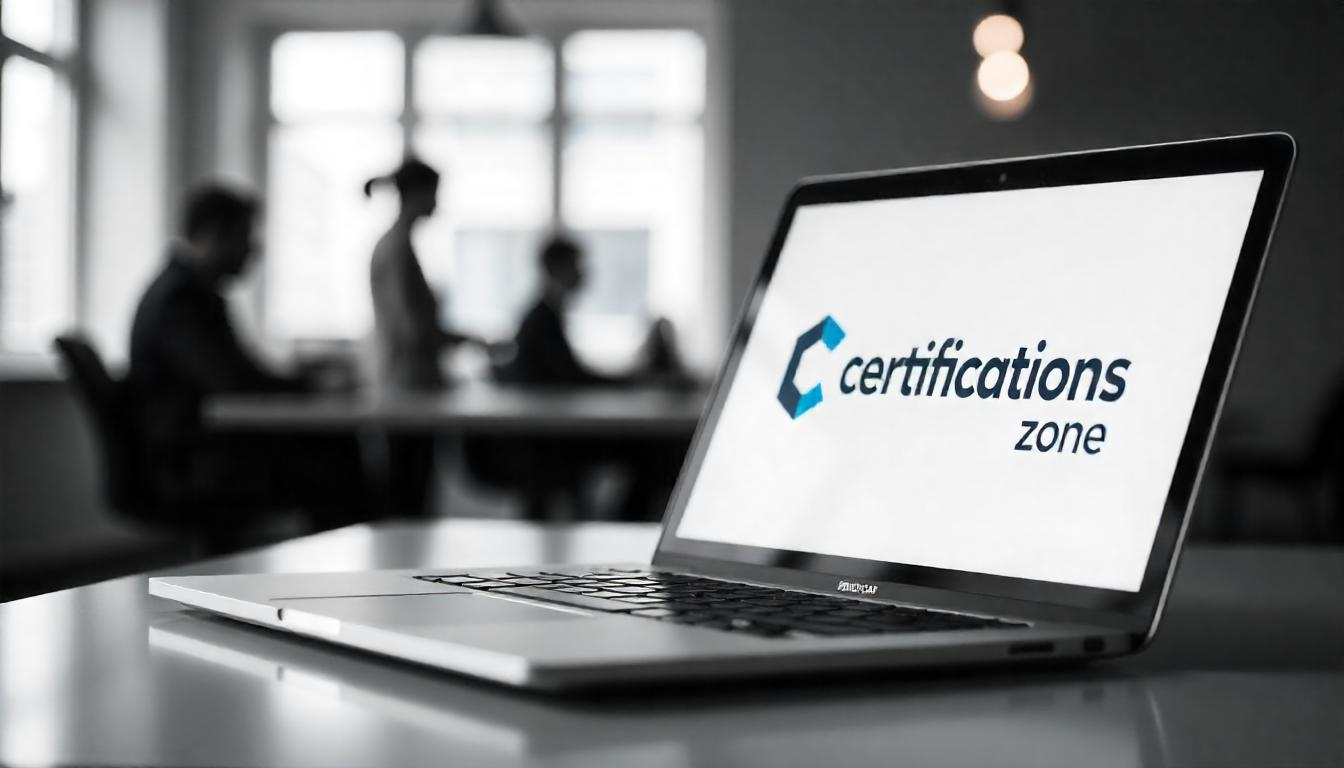In today’s interconnected, tech-driven world, your business doesn’t have to be a multinational corporation to reach global customers. In fact, some of the fastest-growing international brands started small — but they made bold, strategic moves at the right time.
If you’re a small or medium-sized enterprise (SME) founder, chances are you’ve asked yourself:
“Can I take my business global?”
“Am I ready for international expansion, or is it too early?”
This isn’t just about ambition — it’s about readiness.
Entering a foreign market without preparation can be at your own peril!
But if certain signs are showing up in your business today, it might just be the right time to take that leap.
Let’s explore the 7 unmistakable signs that your SME is ready to go global — plus what to do next.
1. You Have a Strong Financial Foundation
This is non-negotiable.
International expansion requires money for :
- Legal compliances or logistics, product adaptations.
- Marketing budgets.
- Establishing local operations or partnerships.
Look at your books. If your SME shows:
- Consistent YoY revenue growth
- Sustainable profit margins
- Positive cash flows
- Minimal or well-managed debt
It shows that you have the financial cushion needed to take calculated global risks.
Real-World Lens:
A mid-sized textile firm from Jaipur maintained a 15% annual growth for 3 years before entering the European market. Their stability allowed them to set up warehousing abroad and survive the slow, first-year ramp-up period.
What You Can Do Now:
Set aside an “International Expansion Fund” in your P&L.
Track it monthly.
Begin budgeting for trade shows, cross-border taxes, and market research.

2. Is Your Brand Recognized Locally And Can Be Adapted Globally
If your local market already trusts your brand — whether through word of mouth, repeat purchases, or online love — you have a foundation to build on.
Strong brands reduce the trust barrier in new markets.
But the real readiness lies in whether your brand identity can cross borders:
- Is the name, slogan, or packaging culturally sensitive?
- Will your value proposition resonate with global customers?
- Can your brand stand out in an already crowded foreign space?
Pro Insight:
A Bengaluru-based organic snack company had major local traction.
But when launching in Dubai, they changed packaging colour schemes and added Arabic script. That simple adaptation helped sales pick up 3x faster.
What You Can Do Now:
Test your brand’s acceptability using mock campaigns or sample groups in your target country.
Take the help of Platforms like Google Surveys or social listening tools.
3. Is Your Business Model Built to Scale
A business that depends heavily on manual processes or localized distribution struggles to replicate itself globally.
Your model should be:
- Systematized – SOPs for sales, operations, support
- Tech-enabled – CRMs, automation, inventory tracking
- Flexible – able to operate remotely or with local partners
Quick Test:
If you opened another branch in another city or country tomorrow, how long would it take to operate without your daily involvement?
What You Can Do Now:
Document every critical business process.
Begin training your team to operate without your presence.
This is how franchises, remote teams, and global offices are built.
4. Have you Done Your Market Research?
Expanding into a new geography without deep research is like launching a ship without a compass.
Some questions you must be able to answer:
- Who is your ideal customer in the new market?
- What are the pricing benchmarks and purchase behaviours?
- Who are your competitors?
- How are they positioned?
- Are there any import/export restrictions, tariffs, or certifications required?
Case Example:
An SME skincare brand from Ahmedabad tried exporting to Germany without realizing their organic labelling didn’t meet EU regulations. It cost them 4 months of rework and re-approval. A basic regulatory research checklist could’ve saved that.
What You Can Do Now:
Shortlist 2–3 target countries.
For each, gather data on market size, customer demographics, legal landscape, and competition.
5. Have You a Digitally Discoverable Brand?
Your online presence is your global passport.
If your website looks outdated, has no product info, or loads slowly on mobile — international buyers may never take you seriously.
But if your brand is:
- Google-indexed with high SEO ranking
- Socially active and engaging on the right platforms
- Built for e-commerce, with clear CTAs and product availability
You’re ready to be discovered across borders.
Example:
A Kolkata-based silver jewellery business revamped their website to include USD pricing, international shipping policies, and global testimonials.
Within 3 months, 40% of their traffic came from US and UK.
What You Can Do Now:
Do an SEO and UX audit of your website.
Make it multilingual.
Optimize for global keywords.
Add testimonials from international clients, if any.

6. Does Your Team Think and Speak International?
You don’t need a massive team to go global.
You do need a globally aware one.
A team with:
- Cultural understanding
- Language fluency
- Experience in international trade, export, or digital marketing can be your unfair advantage.
If you already have this, your journey becomes smoother — from negotiations to localization.
What You Can Do Now:
Hire a global strategy consultant or at least a local market expert on freelance basis.
Also, encourage your team to take global business or cultural sensitivity workshops.
7. Are you Willing to Learn, Pivot, and Adapt?
No matter how much research you do, international markets will surprise you.
What will decide your success is your willingness to evolve:
- Change your SKU sizing
- Tweak your logo
- Revamp customer service norms
- Localize marketing content
Inflexibility is the biggest killer of global dreams.
Quick Story:
An Indian SaaS firm entered the Southeast Asian market with English-only onboarding. After one month of low conversions, they added regional languages and saw sign-ups double. What You Can Do Now:
Create a “Localization Strategy” document. Include what you’re ready to change — and what values you’ll never compromise on.
Wrapping Up
Is This Your Moment to Go Global?
If your SME checks off 4 or more of these 7 signs, the next step is to formalize your global strategy.
Remember, international success isn’t about being perfect.
Its about being prepared.
Final Words from One Global SME to Another:
Opportunities don’t knock, they whisper
Don’t wait for the “perfect” time to expand.
But also don’t leap blind.
Preparation is power.
Strategy is speed.
And your mindset is your biggest asset.
So ask yourself — what’s stopping you from going global today?




